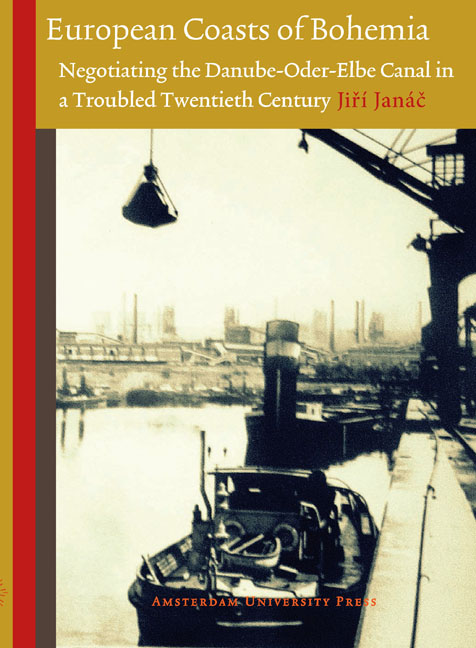Summary
This book has studied twentieth-century European history and the dynamics of “Europe” as an imagined community, in particular through the lens of the DOE project. This study revealed two distinctive aspects. The first was the continuity of European waterway integration in spite of various political ruptures, namely the break-up of the Austrian-Hungarian Empire, Nazification, Sovietization, and Europeanization. The second aspect was the important role of experts in the alignment of national and transnational interests and infrastructure development plans. These experts were responsible for continuity in the hidden integration of Europe, as they were able to propose the DOE as a solution in very different political paradigms in the twentieth century, linked to very different visions and images of Europe. At first glance, the historical record of the Danube-Oder-Elbe canal reads as a row of successive false starts and stops. It builds up to a story of the typical infrastructural “white elephant,” destined to fail. The current situation confirms this picture: the Oder, Elbe, and Danube are still not connected and none of the governments involved (Czech, Slovak, Polish, or Austrian) currently sees the construction of the canal as a priority. However, the question remains as to whether this is the most interesting way to look at the DOE history. I would argue that it is more significant to note that it proved incredibly hard to kill the desire to build the canal. Notwithstanding the recurring negative resolutions of national governments, the canal never disappeared from public debate throughout the twentieth century. The striking ability to survive two world wars, numerous political struggles, competition from other transport modes and perspectives, and, last but not least, fundamental changes in the perception of water as part of the natural environment, represents the most tantalizing aspect of the canal project. This remarkable capacity to remain on the agenda puts the history of the canal in a different light. The question is not why the DOE has never been built, but how it survived. Instead of investigating the reasons for its failure, we should seek the reasons and mechanisms of its continued existence.
- Type
- Chapter
- Information
- European Coasts of BohemiaNegotiating the Danube-Oder-Elbe Canal in a Troubled Twentieth Century, pp. 235 - 244Publisher: Amsterdam University PressPrint publication year: 2013



